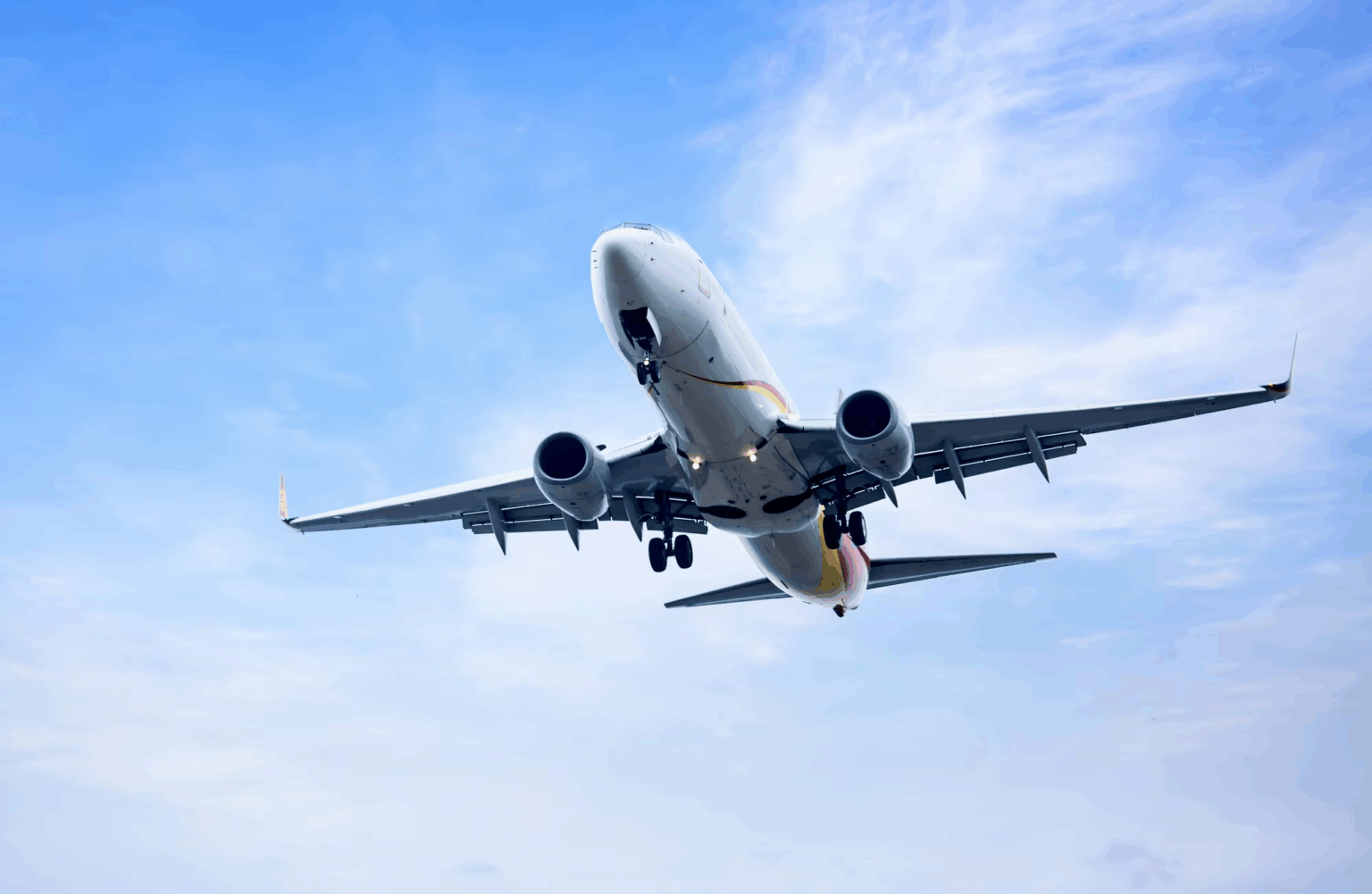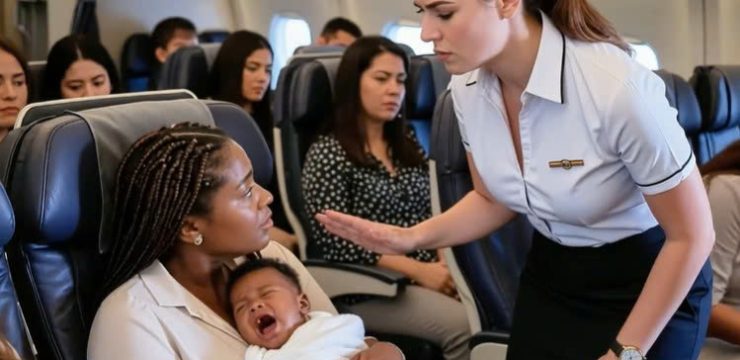It started with a single image—a snapshot taken mid-flight that would soon ignite a debate stretching far beyond one airplane cabin. The photo showed a visibly plus-sized passenger wedged tightly into an economy seat, her discomfort clear even without words. Within hours, it spread across social media, sparking outrage, empathy, and controversy in equal measure.

What began as an image quickly became a conversation about more than legroom; it became a discussion about fairness, accessibility, and the right to exist comfortably in public spaces. To some, the viral photo symbolized the need for change in airline design and policies that fail to accommodate diverse body types. To others, it was a reminder that space, especially in the sky, comes at a premium—and that fairness means paying for what one uses. But as debates flared across platforms, one central question emerged: is this truly about airplane seats, or about society’s long-standing discomfort with bodies that don’t fit a narrow standard?
The photo, originally shared in September 2024 by consumer advocate Christopher Elliott, was taken on a flight from Helsinki to Copenhagen. It depicted a large-framed traveler clearly struggling to fit within the dimensions of a standard economy seat. Though no faces were shown, the image captured attention worldwide after being reposted by the early-2000s hip-hop group Pretty Ricky. The group used their platform to call out the widening gap between modern body sizes and outdated airline seating policies. “Airlines will have to come up with something for plus-sized passengers,” they wrote. “This image shows how uncomfortable—and unfair—it can be for everyone involved. There has to be a middle ground.” That statement became the spark for a cultural tug-of-war online, dividing opinions as quickly as the photo spread.
On one side were those who insisted that personal responsibility should come first. “If you occupy two seats, you should pay for two,” one commenter wrote bluntly. “Tall passengers pay extra for legroom—why should width be treated differently?” echoed another. Some even shared personal stories of weight loss as evidence of accountability. “I lost 90 pounds—it wasn’t easy, but it was my responsibility,” one user said. “It’s not fair to penalize people who take care of themselves.” These voices framed the issue as one of fairness and personal choice, arguing that airlines shouldn’t have to redesign their systems to accommodate individuals who exceed standard seat sizes.
But others were quick to push back, directing their frustration toward the airlines themselves. “Airlines have been shrinking seat sizes for decades,” another user countered. “It’s not just plus-sized passengers who are suffering—it’s everyone.” Indeed, data supports that argument. Over the past three decades, the average economy seat width has shrunk by up to two inches, while seat pitch—the space between rows—has dropped from 34 inches to as little as 28 on some budget carriers. These changes, driven by the push to fit more passengers per flight, have made air travel increasingly uncomfortable across the board. In this light, the viral photo was not just about one passenger—it was about an entire industry prioritizing profit over passenger comfort.
Then, a familiar voice entered the conversation. Jaelynn Chaney, a well-known plus-size travel influencer and activist, weighed in with a viral TikTok that reframed the issue. “Why should I have to shrink myself to fit into spaces that were never made with people like me in mind?” she asked. “Flying is not a luxury for everyone. For many of us, it’s a necessity—for work, for family, for survival.” Chaney has long advocated for what she calls a “Fat Equality Bill of Rights,” urging airlines to provide free additional seating for plus-sized passengers as a matter of equity, not privilege. Her message resonated deeply with some, who applauded her courage in addressing a topic often avoided in mainstream discussions. Others, however, accused her of expecting “special treatment” at the expense of other travelers and rising ticket costs.
The airlines themselves have remained mostly silent amid the uproar, issuing only generic statements about adhering to “industry-standard seat sizes.” Yet behind closed doors, industry insiders say discussions are underway. Some carriers are exploring new seat designs with adjustable armrests, while others are considering pre-boarding assessments that help passengers choose seats suited to their needs—not based on weight, but on space awareness. However, no airline has publicly committed to major reforms. More radical proposals—like weighing passengers to determine seating or pricing—have surfaced online, only to be swiftly condemned as discriminatory and invasive.
This debate extends beyond airplanes. It’s part of a larger conversation about how modern infrastructure—restaurants, theaters, stadiums, even public transportation—often fails to consider bodies that don’t conform to outdated standards. For many, the viral image served as a wake-up call about inclusion. For others, it raised concerns about cost and practicality. Yet beneath the back-and-forth lies a deeper truth: comfort and dignity are not luxuries; they are basic expectations of human experience.
The controversy has also reignited questions about empathy in public discourse. Many people forget that behind every viral photo is a real person—someone who didn’t consent to being turned into a symbol. As the photo continues to circulate, some online users have urged compassion, reminding others that shame does not solve systemic design flaws. “It’s not about blaming individuals,” one commenter wrote. “It’s about realizing that our systems were never built with everyone in mind.” That sentiment reflects a growing awareness that progress requires both compassion and practicality—a willingness to redesign, rethink, and redefine fairness in shared spaces.
Ultimately, the image from that short European flight may prove to be more than just a viral moment. It has forced society to examine how we measure worth and belonging—not by size or shape, but by the simple recognition that everyone deserves a seat that fits. As airlines continue to tighten their rows and consumers demand cheaper fares, the balance between inclusivity and economics remains fragile. Yet, the very intensity of this debate suggests that change, while slow, is inevitable.
The question now isn’t just how much space a seat should have—it’s what kind of space we make for one another, both literally and figuratively. When the space between us keeps shrinking, what do we owe each other in return? Whether this discussion leads to new airline policies or fades with the next viral controversy remains uncertain. But one thing is clear: that single photo did more than highlight discomfort—it reminded the world that dignity, respect, and belonging should never be measured in inches.





